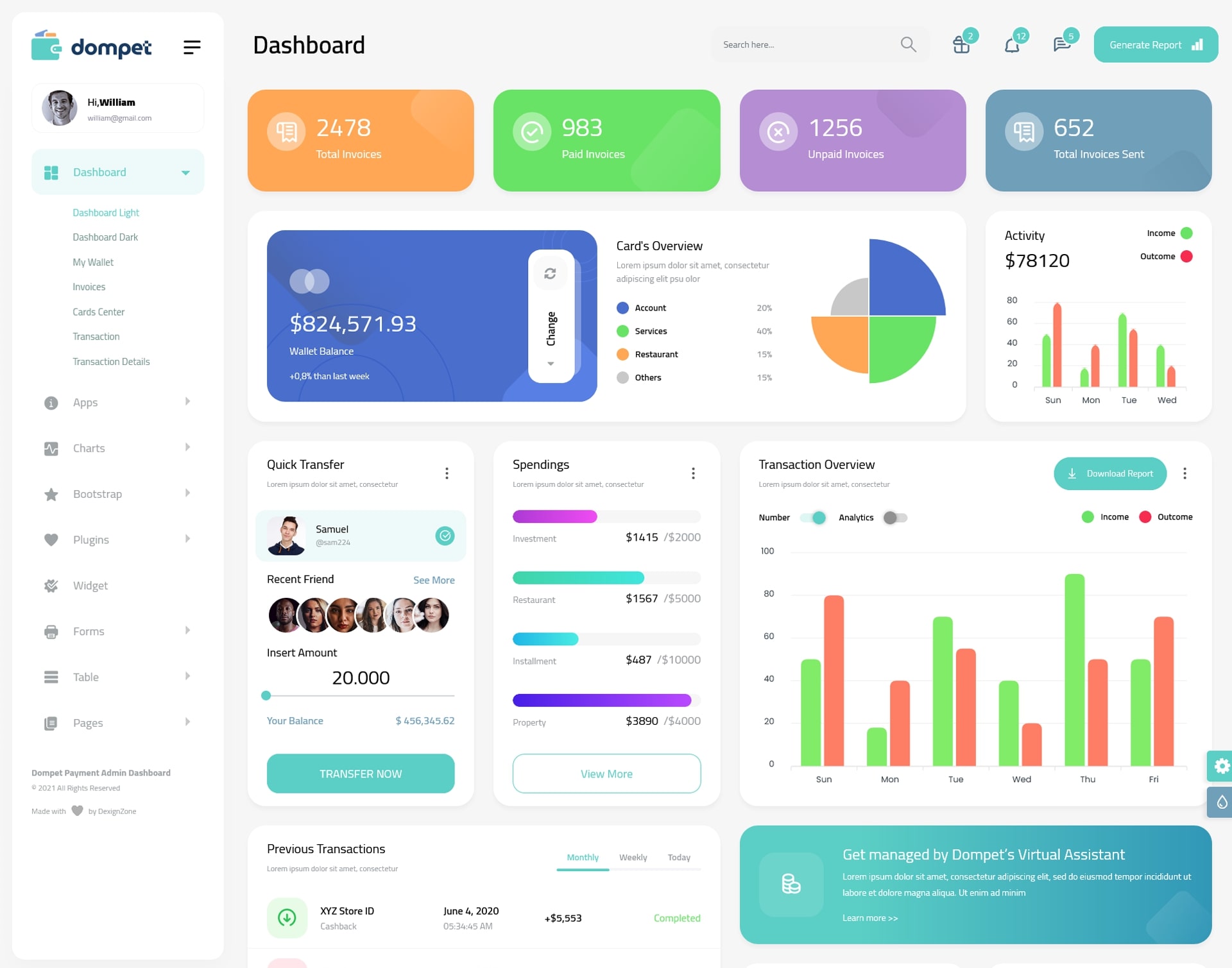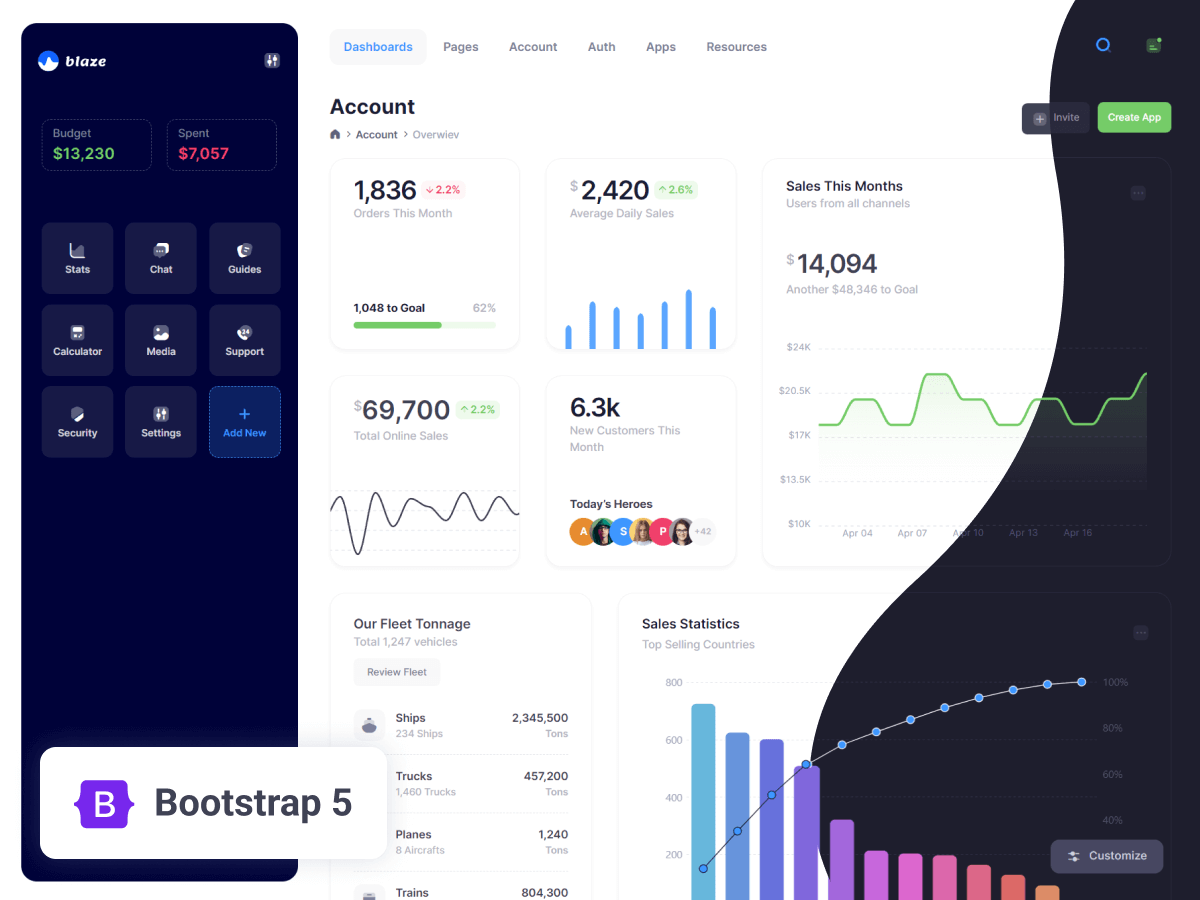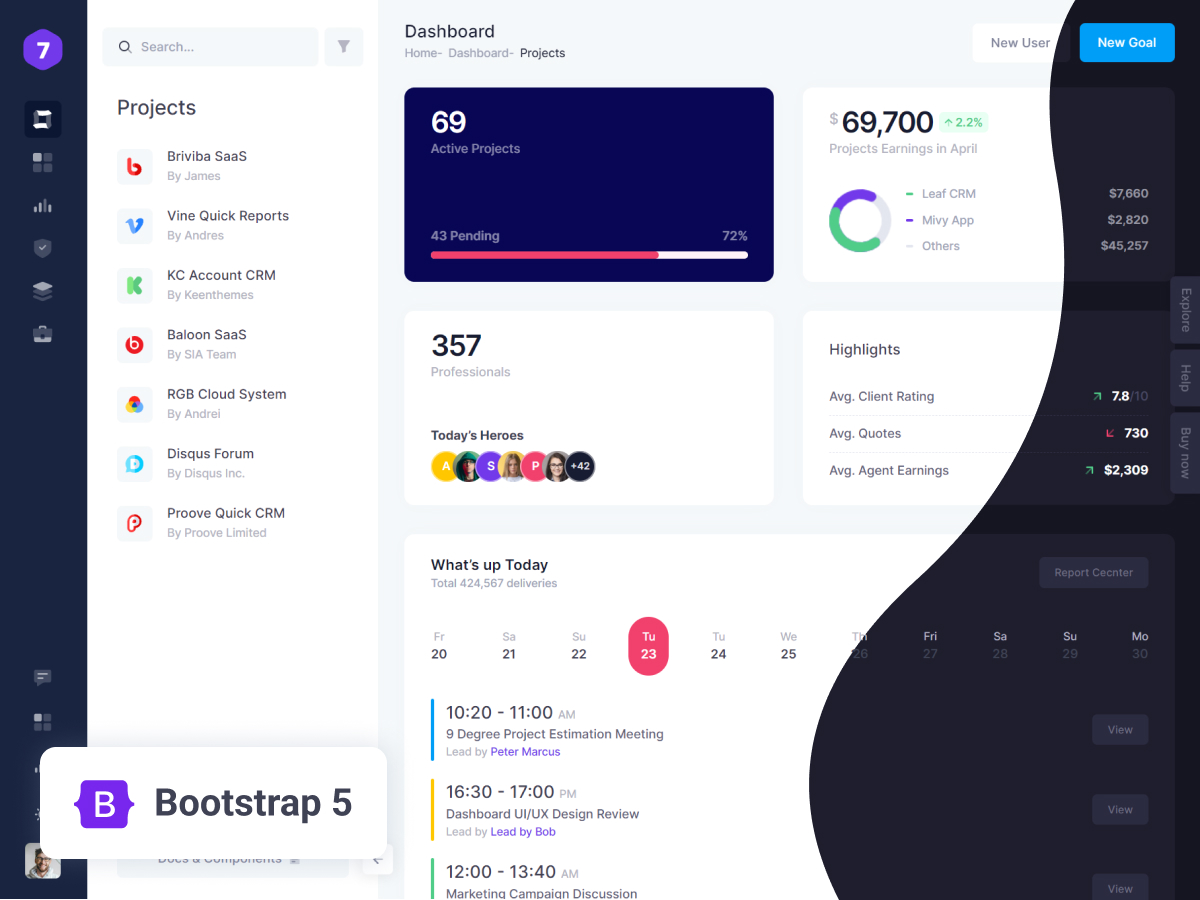海信通信实名账号:Understanding the Difference between 3G, 4G, and 5G Data
Understanding the Difference between 3G, 4G, and 5G Data:
Evolution of Mobile Data Connectivity
The world of mobile data connectivity has undergone a remarkable transformation over the years, with each new generation bringing significant advancements in speed, capacity, and latency. From the early days of 3G to the dawn of 5G, let's delve into the differences between these mobile data technologies and their impact on our daily lives.
3G: The Foundation of Mobile Internet
3G, or third-generation mobile data technology, emerged in the early 2000s, revolutionizing the way we accessed the internet on our mobile devices. It introduced the concept of mobile broadband, enabling users to experience faster download and upload speeds compared to previous generations. 3G paved the way for real-time data applications, such as video streaming, music downloads, and web browsing, transforming our mobile devices into powerful communication and information hubs.
4G: Unleashing the Power of Mobile Broadband
4G, or fourth-generation mobile data technology, marked a significant leap forward in mobile connectivity. Introduced around 2010, 4G brought lightning-fast data rates, enabling users to seamlessly stream HD videos, engage in online gaming, and utilize bandwidth-intensive applications with ease. 4G's enhanced capacity allowed for a proliferation of mobile devices and simultaneous connections, driving the growth of the mobile app ecosystem and transforming the way we communicate, work, and entertain ourselves on the go.
5G: The Next Frontier of Mobile Connectivity
5G, or fifth-generation mobile data technology, represents the cutting edge of mobile data connectivity. It promises to deliver ultra-fast speeds, ultra-low latency, and massive capacity, opening up a world of new possibilities in mobile communication and digital transformation. 5G networks are designed to handle the exponential growth of connected devices, the Internet of Things (IoT), and artificial intelligence (AI)-powered applications, ushering in a new era of connectivity and innovation.
Comparing 3G, 4G, and 5G: Key Differences
To better understand the distinctions between 3G, 4G, and 5G, let's compare them across several key parameters:
| Feature | 3G | 4G | 5G |

|---|---|---|---|

| Maximum Speed | Up to 2 Mbps | Up to 100 Mbps | Up to 10 Gbps |
| Latency | 100-200 milliseconds | 10-20 milliseconds | 1-10 milliseconds |

| Capacity | Limited | Moderate | Massive |
| Applications | Basic web browsing, email, social media | HD video streaming, online gaming, mobile app usage | IoT, self-driving cars, augmented reality, virtual reality |
| Availability | Global | Widely available | Expanding rapidly |
The Impact of 5G: A Transformative Force
5G technology is poised to have a profound impact across various industries and sectors, revolutionizing the way we live, work, and interact with the world around us. Here are some key areas where 5G is expected to transform our lives:
- Enhanced Mobile Broadband: 5G will provide unparalleled data speeds, enabling users to download large files, stream high-quality videos, and engage in interactive experiences with lightning-fast responsiveness.
- IoT and Smart Cities: 5G's massive capacity and low latency will support the exponential growth of connected devices, enabling smart cities, autonomous vehicles, and IoT applications to communicate seamlessly and reliably.
- Industrial Automation: 5G's ultra-low latency and high reliability will empower industrial automation, enabling real-time control of machinery, remote monitoring, and predictive maintenance, leading to increased efficiency and productivity.
- Healthcare and Telemedicine: 5G's high bandwidth and low latency will facilitate remote patient monitoring, telemedicine consultations, and surgical procedures, expanding access to healthcare services and improving patient outcomes.
- Virtual Reality and Augmented Reality: 5G will enable immersive virtual reality (VR) and augmented reality (AR) experiences, opening up new possibilities for gaming, entertainment, education, and training.
- Transportation and Logistics: 5G will revolutionize transportation and logistics, facilitating connected and autonomous vehicles, smart traffic management, and efficient supply chain operations.
Conclusion
The evolution from 3G to 4G and now to 5G represents a remarkable journey of technological advancement, transforming the way we communicate, access information, and interact with the world around us. Each generation has brought increased speed, capacity, and reduced latency, driving innovation and expanding the boundaries of what is possible in mobile connectivity. As 5G continues to mature and expand, we can expect a transformative impact across industries, businesses, and our daily lives, shaping a future where connectivity is seamless, intelligent, and ubiquitous.
